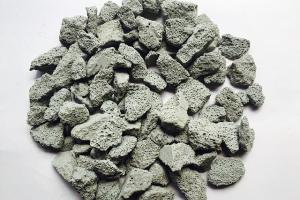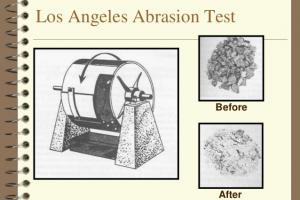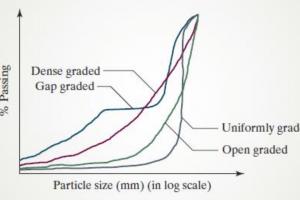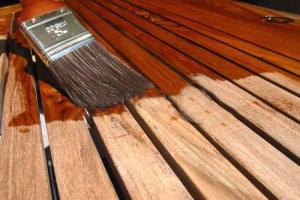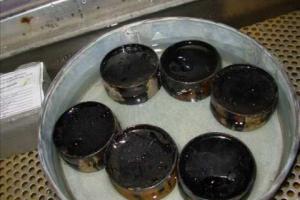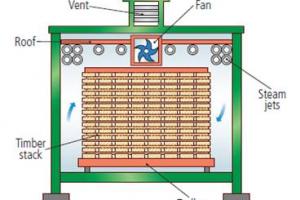Chemical Seasoning and Preservatives of Wood
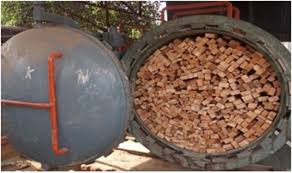
Preservatives of wood:
Preservatives increase the resistance of wood to decay and increase its useful life.
There are 3 main classes of preservatives
-
Oily substances insoluble in water
-
Water-soluble salts
-
Salts carried in volatile solvent other than water
![]() Watch a Presentation on Preservatives of wood
Watch a Presentation on Preservatives of wood
A) Oily Preservatives
- Coal-tar is the best known ►most widely used preservative
- Obtained from bituminous coal
- Available in many grades ► gives satisfactory results
- Insoluble in water ► hence permanent preservative
- Highly toxic to fungi
- High degree of penetration
Disadvantages of using Oily Preservatives:
- Timber ►inflammable for a time after treatment
- Disagreeable odor
- Difficult to be covered with paints
B) Water Soluble Preservatives
- Zinc chloride ► most extensively used water preservative
- Readily available, clean, odorless,
C) Salts
- Another recent product is AsCu which is a copper and arsenic compound is used as a preservative ► available in the form of powder
- Odorless and leave on strains on timber
- Good fire resistant
D) Painting
- Acts not only as a preservative but it also enhances the appearance of the treated surface
- Only well seasoned timber should be painted ► moisture entrapped ► closing of timber pores by paint
Methods of Applying Wood Preservatives
Wood must have the following characteristics before preservatives are applied to it:
- Wood must be well seasoned
- Wood must be cut to size before applying preservatives
1) Painting & Dipping
- Simplest method
- Preservatives applied by mean of brush (several times)
- Timber can also be immersed in tank full of liquid (preservative)
- Penetration should hardly exceed (1/16 inch)
- Duration of immersion and temperature of preservative solution ►increased ► to increase penetration'
2) Pressure Process (Full Cell Process)
- A higher degree of penetration can be obtained by forcing the preservative into the wood
- Timber placed inside a chamber
- Air drawn out to create a vacuum
- Thus the cells are completely (almost) empty to receive the preservative
- Preservative material may be creosote oil or zinc chloride
- Preservatives pumped under a pressure of 100 to 200 psi at 120oF
- The excess preservative is removed by creating a low vacuum
- Timber preserved by this method are used in piles in saltish water, poles, sleeper
3) The Empty Cell Process
- Similar to the full cell process but no initial vacuum is created
- No attempt is made to remove the air from the cells
- The preservatives applied under a pressure of 200 psi
- The excess preservatives drains away
- A deeper penetration of preservatives ► achieved



